Homo.
It had been a long, dry summer and the huge river had shrunk to a single deep channel, its many meanders now forming isolated water holes and reed beds. The land around the river estuary sloped gently down to a coast as it curved eastwards in a sweeping bay for a hundred miles, the sun shimmering brightly on the calm sea. A solitary man, naked and powerfully built, perched amongst the reddening leaves of a maple tree. He glanced briefly up to the sky, looking for the clouds that might at last promise that autumn rains were on their way to cool the parched landscape. But his most intense gaze was on the grassy riverbank below, where the women and children were hacking with small stone tools at the carcass of a baby hippo. They had smashed the skull open and were pulling out the brain, which was still warm and moist to their fingers and lips. His brothers and the older children had driven the hyenas away, and the rest of the hippos, including the mother of this baby, had moved into deeper water. The man had eaten his fill already, but he kept his guard up – there were lions and wolves not far away, not to mention elephants, to judge from the sounds of splintering wood coming from the trees behind him - Homo Britannicus, Chris Stringer, 2006.

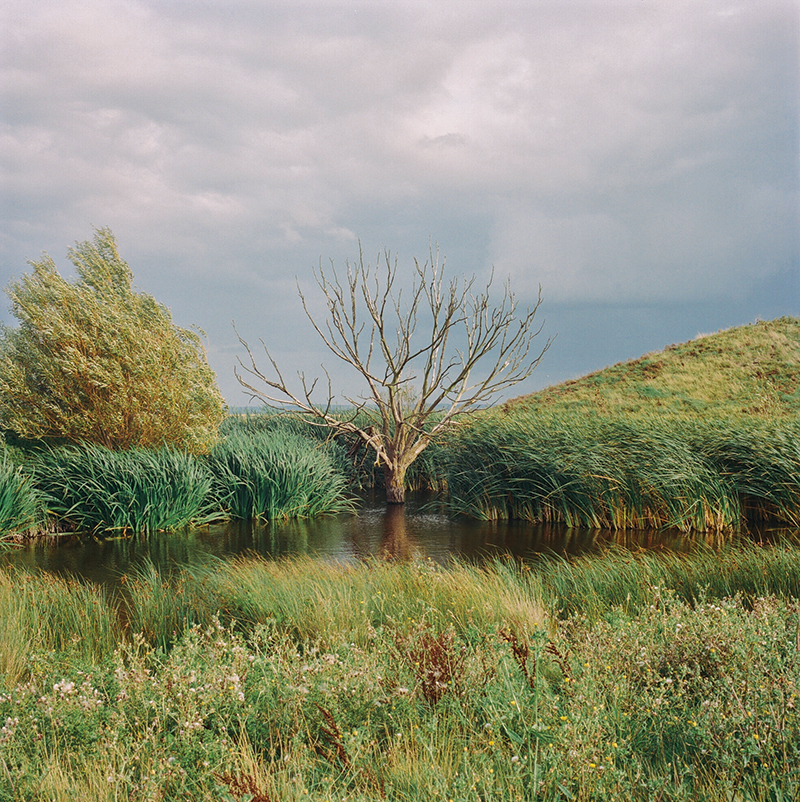
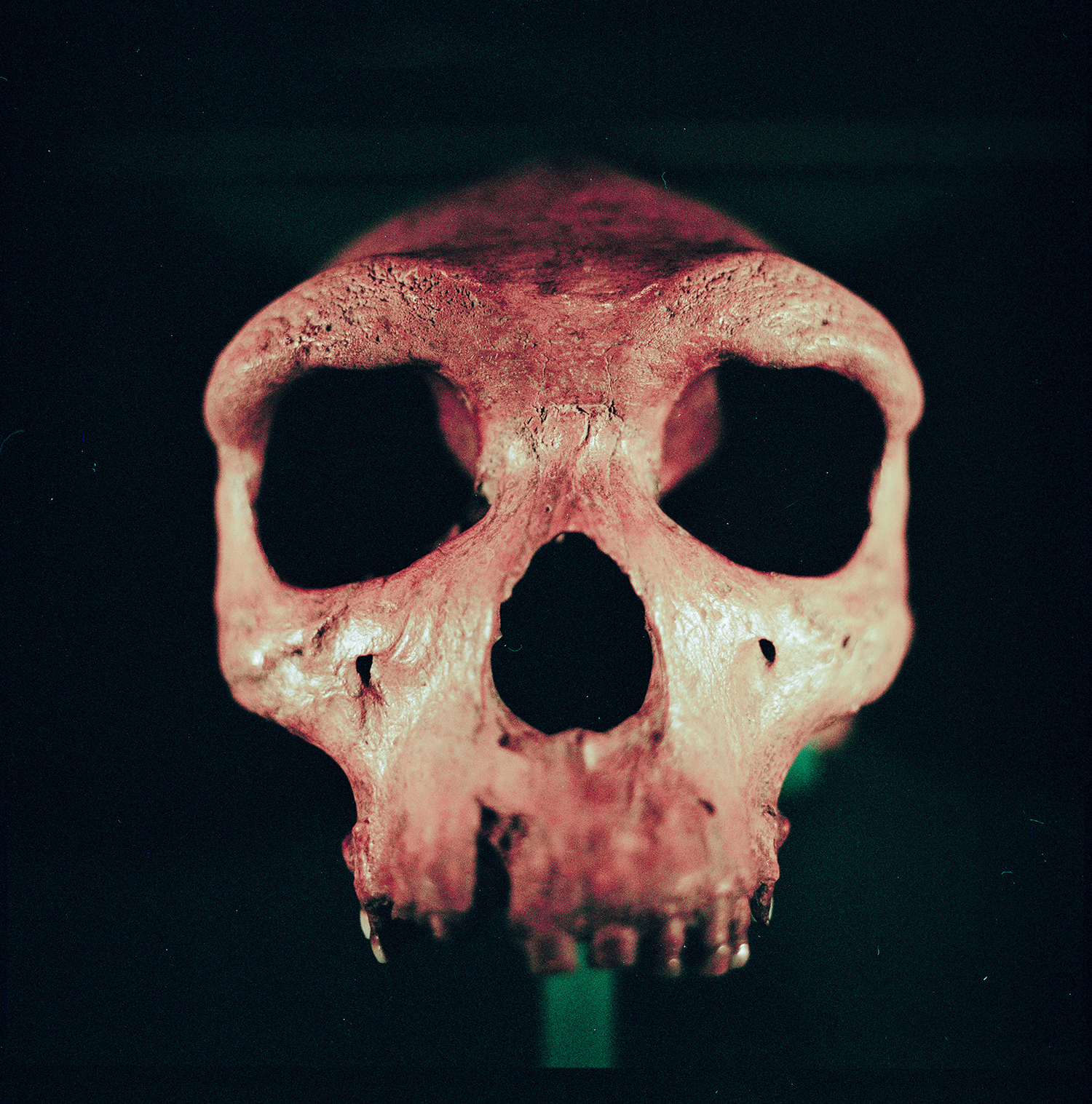
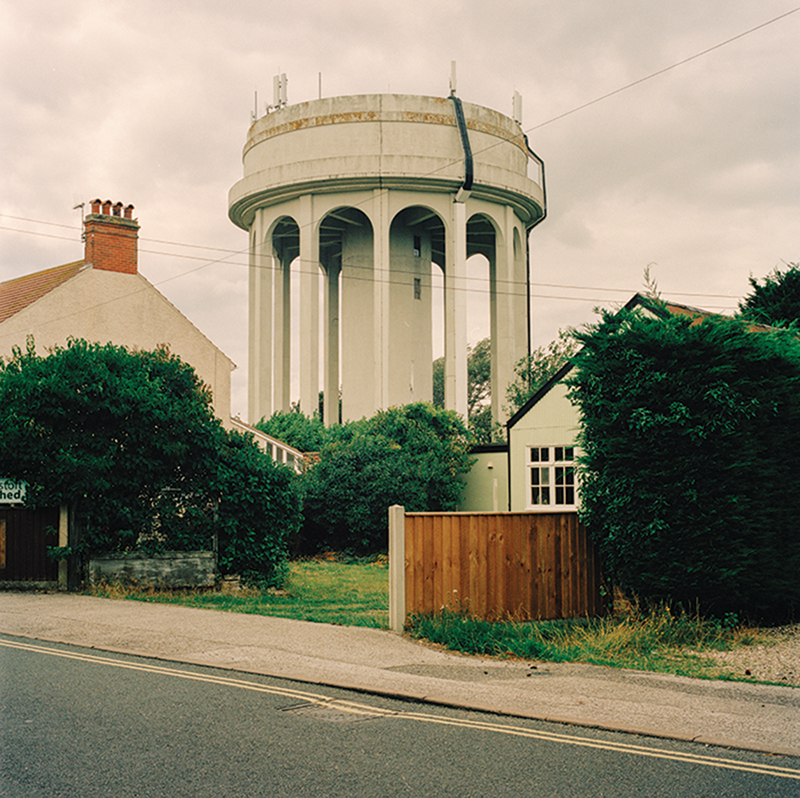
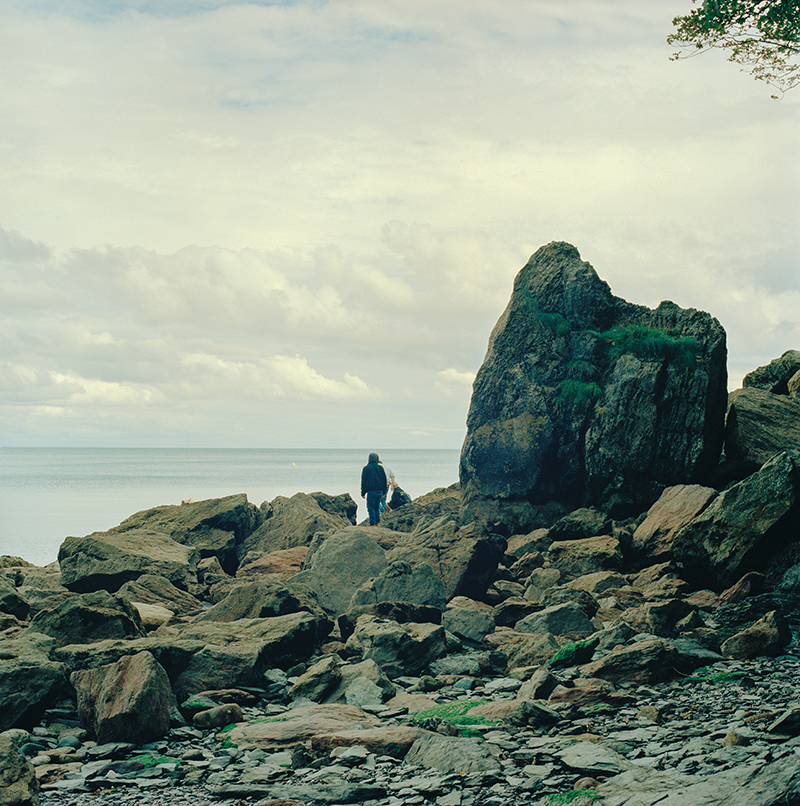

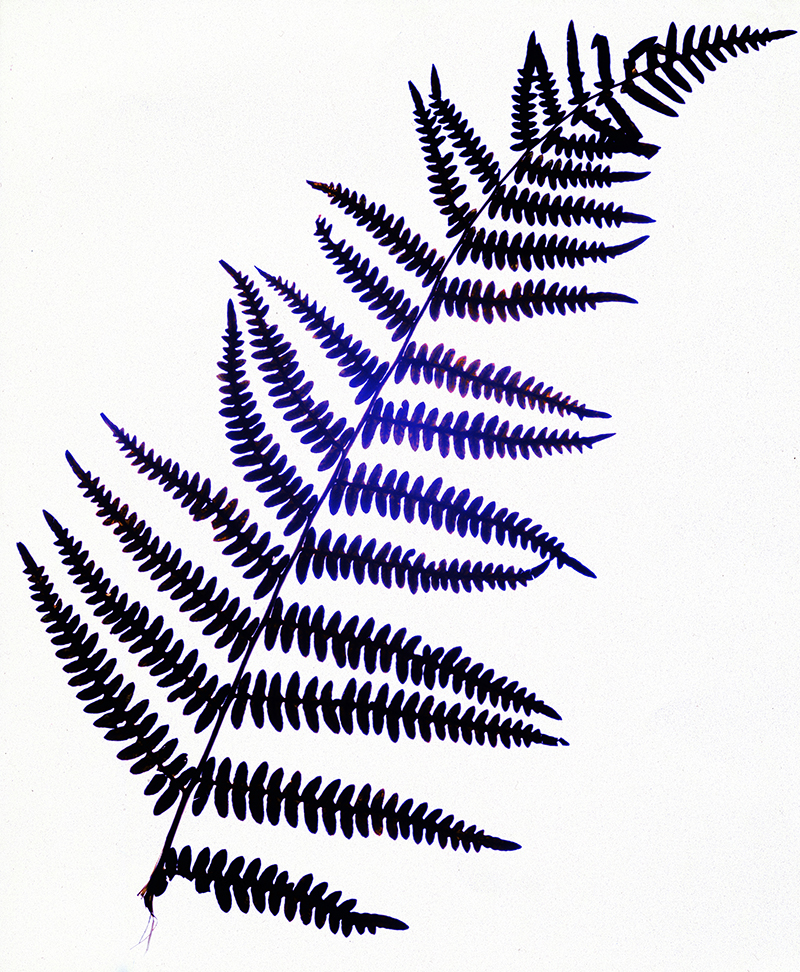
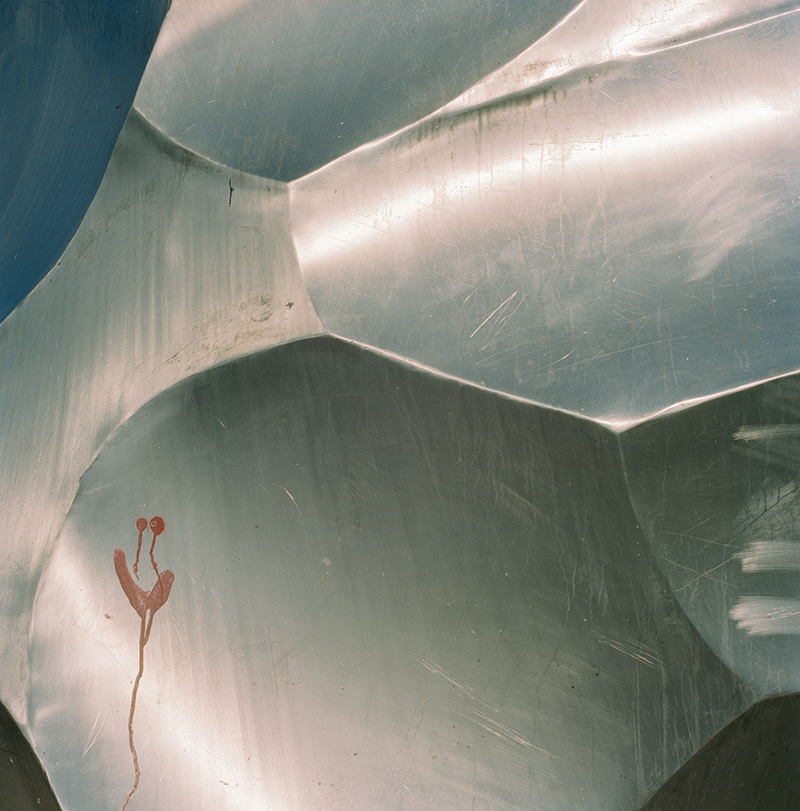
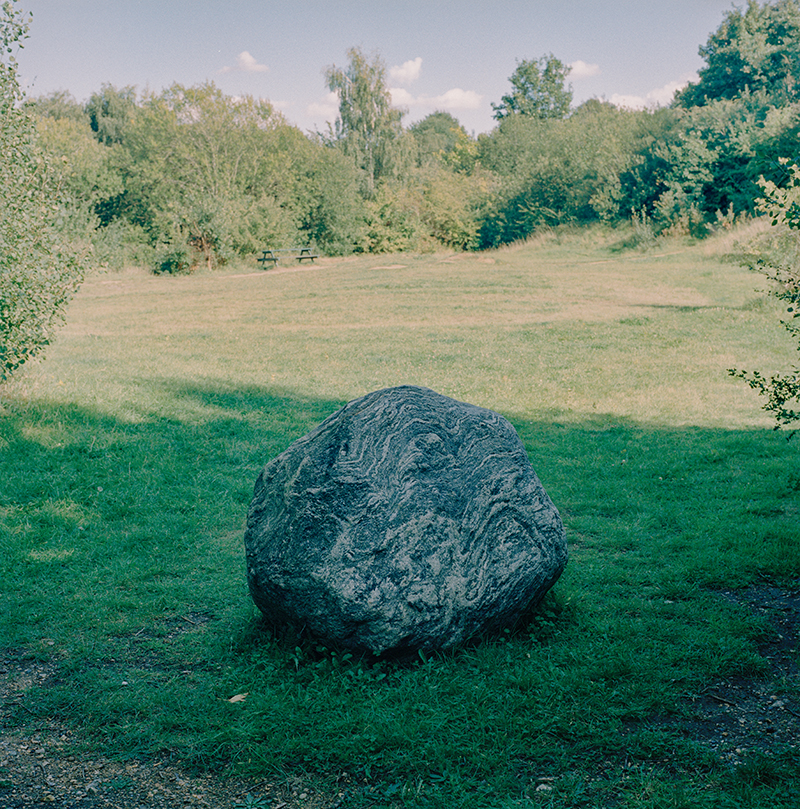


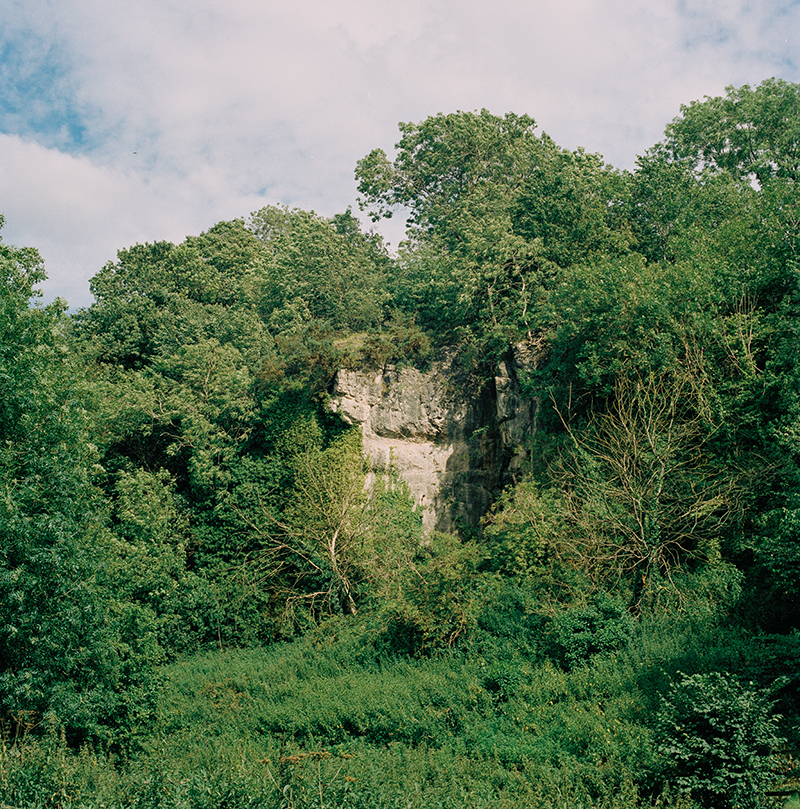
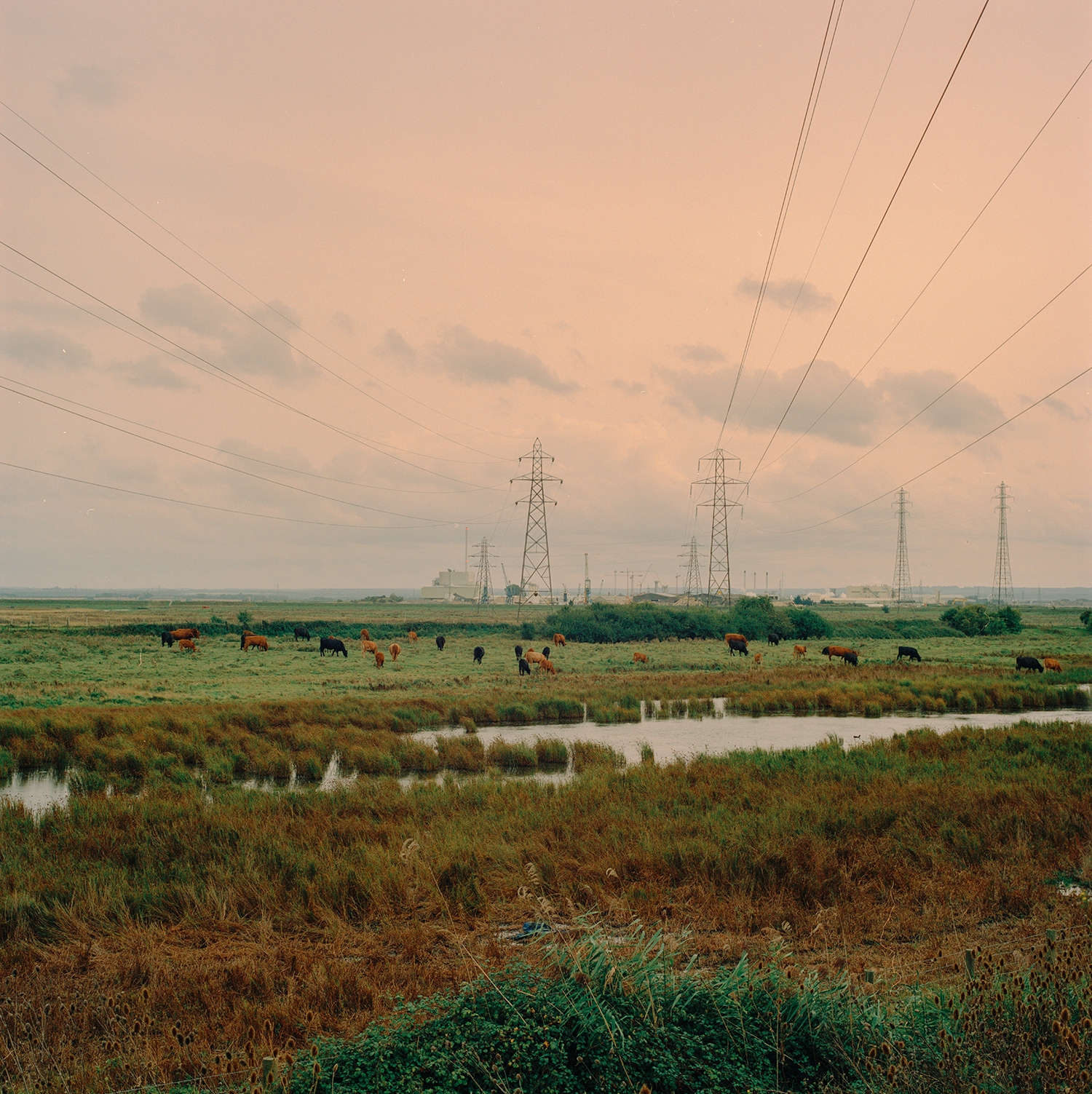
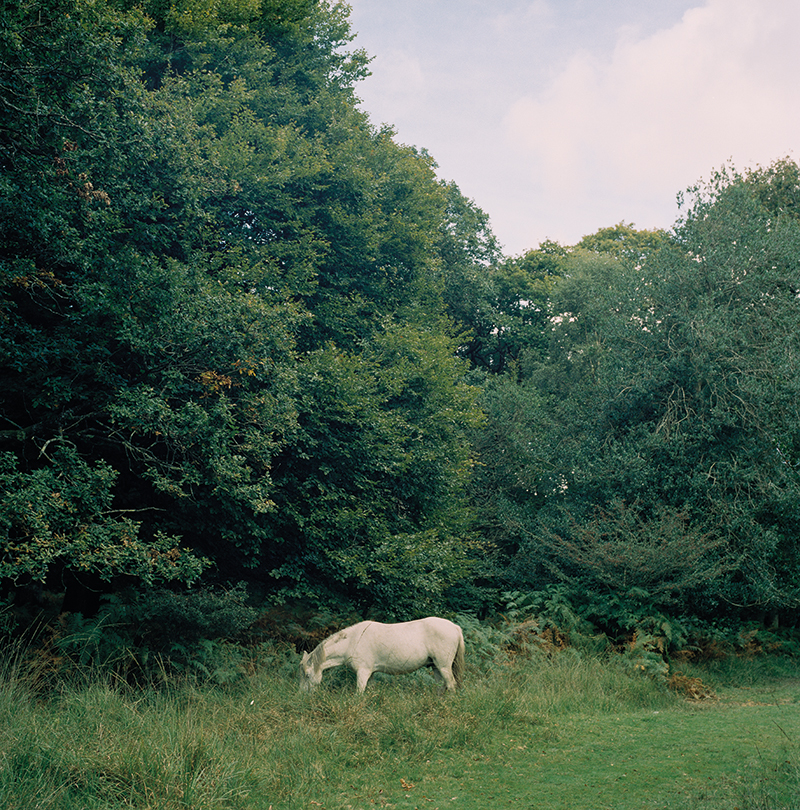
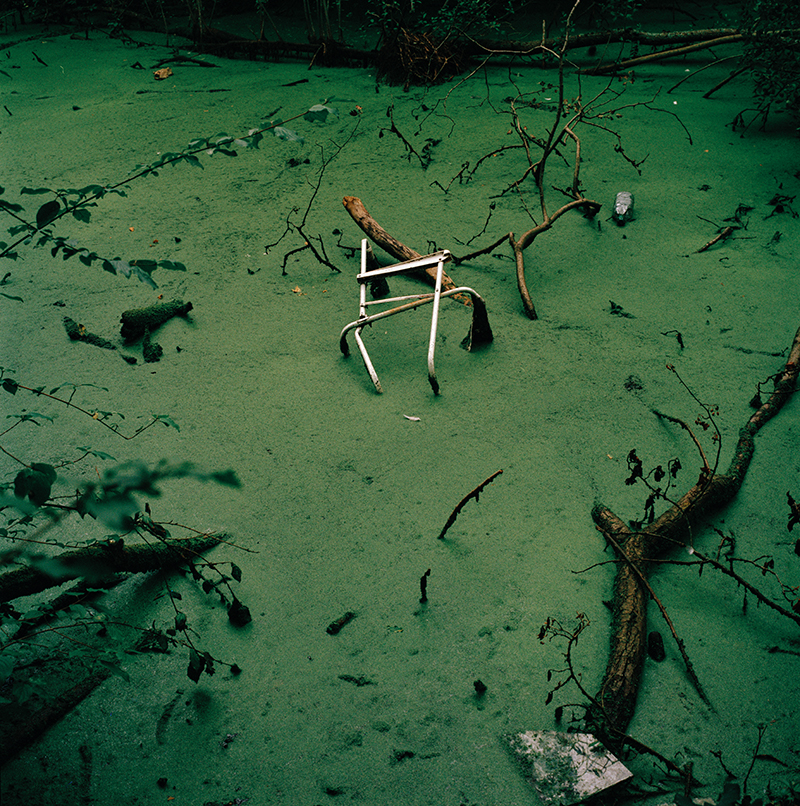


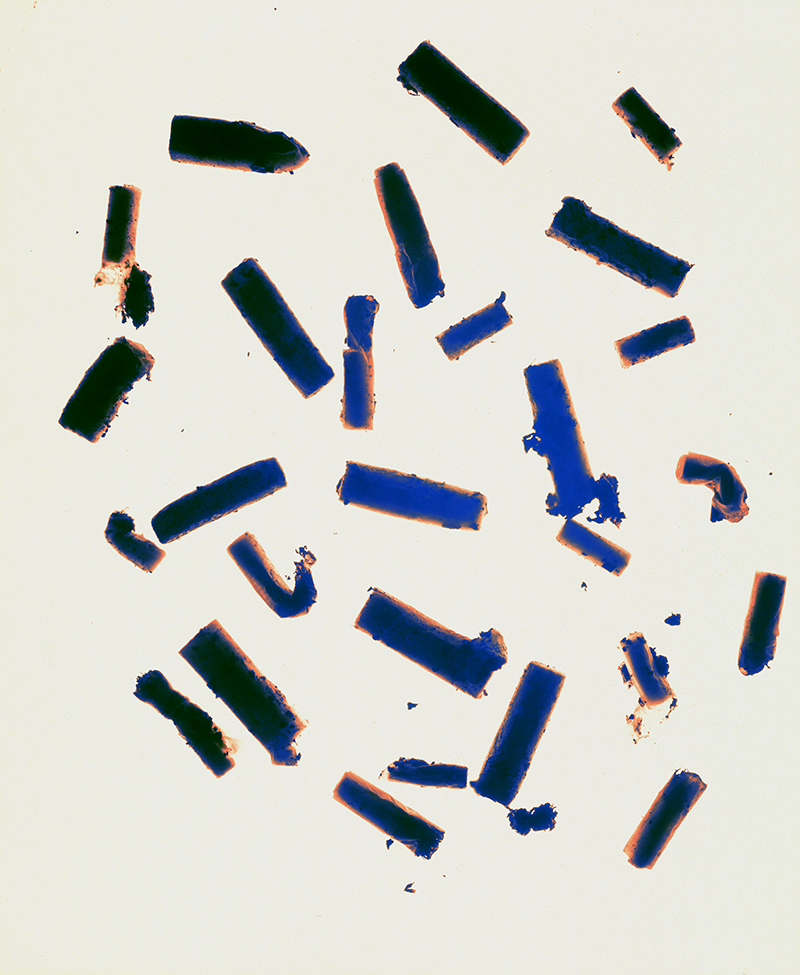
The scene that Chris Stringer paints here, may seem to refer to some distant point in the past, perhaps from our ancestral African homelands millions of years ago. In fact, this passage depicts Suffolk, just under one million years ago – Lowestoft to be precise, where the very first evidence of human occupation of Britain has been found. The early prehistory of Great Britain has been shrouded in mystery for thousands of years, until now. Recent discoveries of, and investment in an organisation called the Archaeological History of Britain (AHOB), has shone light on our prehistoric past – and the results are fascinating. They tell a story of ten waves of human occupation, and at least five different species of human colonising the British Isles. They show how hostile and un-reachable the UK would have been: sitting on the edge of the inhabited world for millions of years. This photo essay traces the archaeological evidence of these repeated stages of colonisation, focusing on the ten waves of human occupation in Britain over a one million year period, the project begins with the site of the very first human settlers in Britain 850,000 years ago, and ends with the first appearance of us, Homo Sapiens, nearly one million years later. The series is presented as the photographer’s journey through the UK, travelling (with an emphasis on walking) from site to site, where artefacts have been found that indicate past human presence.
Exhibited:
Dilate by Eyesore Magazine, Giant Steps, London, Feb, 2019
ARCH 890, London, March, 2017
Dilate by Eyesore Magazine, Giant Steps, London, Feb, 2019
ARCH 890, London, March, 2017
Featured:
Eyesore, December, 2018.
Eyesore, December, 2018.